Astronauts Watched the Eclipse From ISS Space Station And Grabbed Some Cool Pictures and Video
Astronauts aboard the International Space Station orbited right past the solar eclipse Monday and grabbed some intriguing photos.
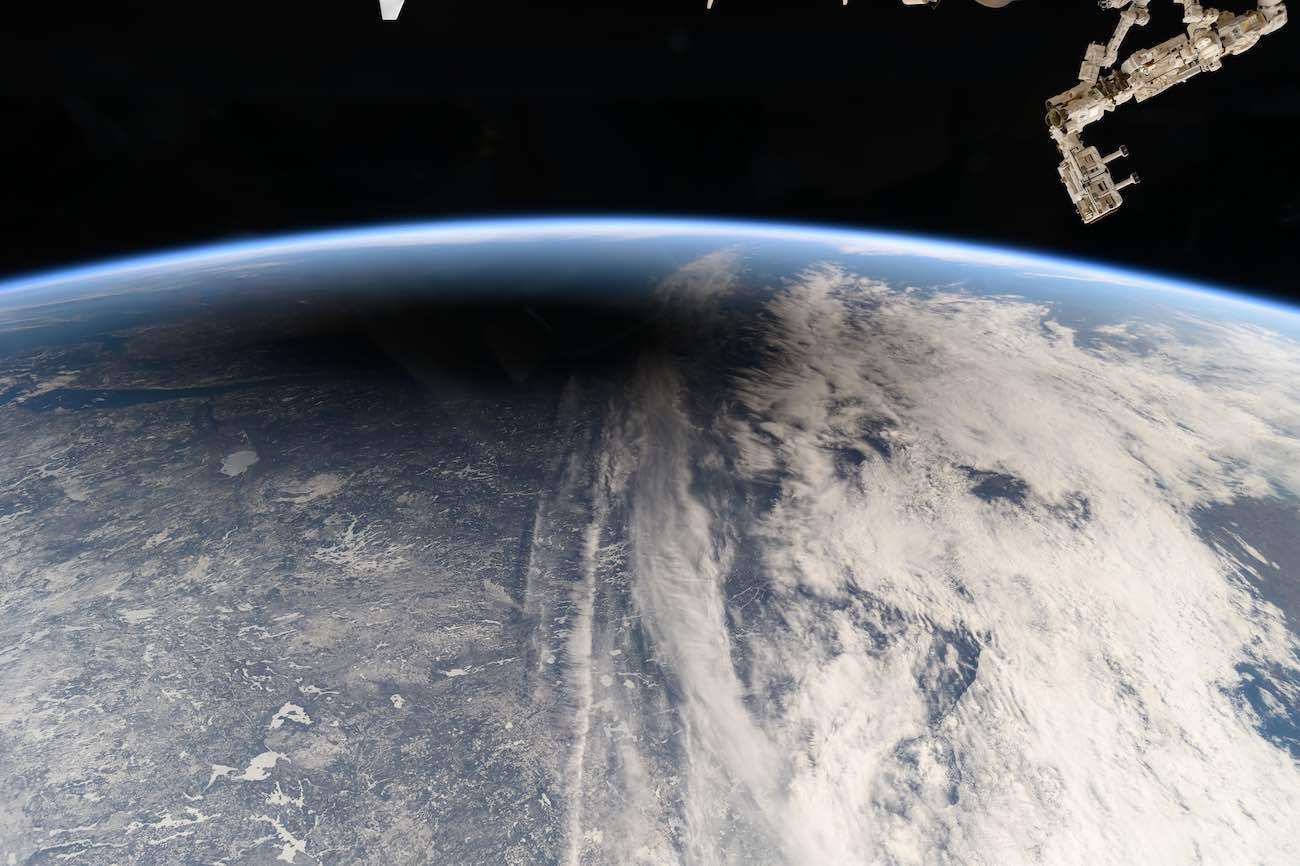
Astronauts aboard the International Space Station orbited right past the solar eclipse Monday and grabbed some intriguing photos.
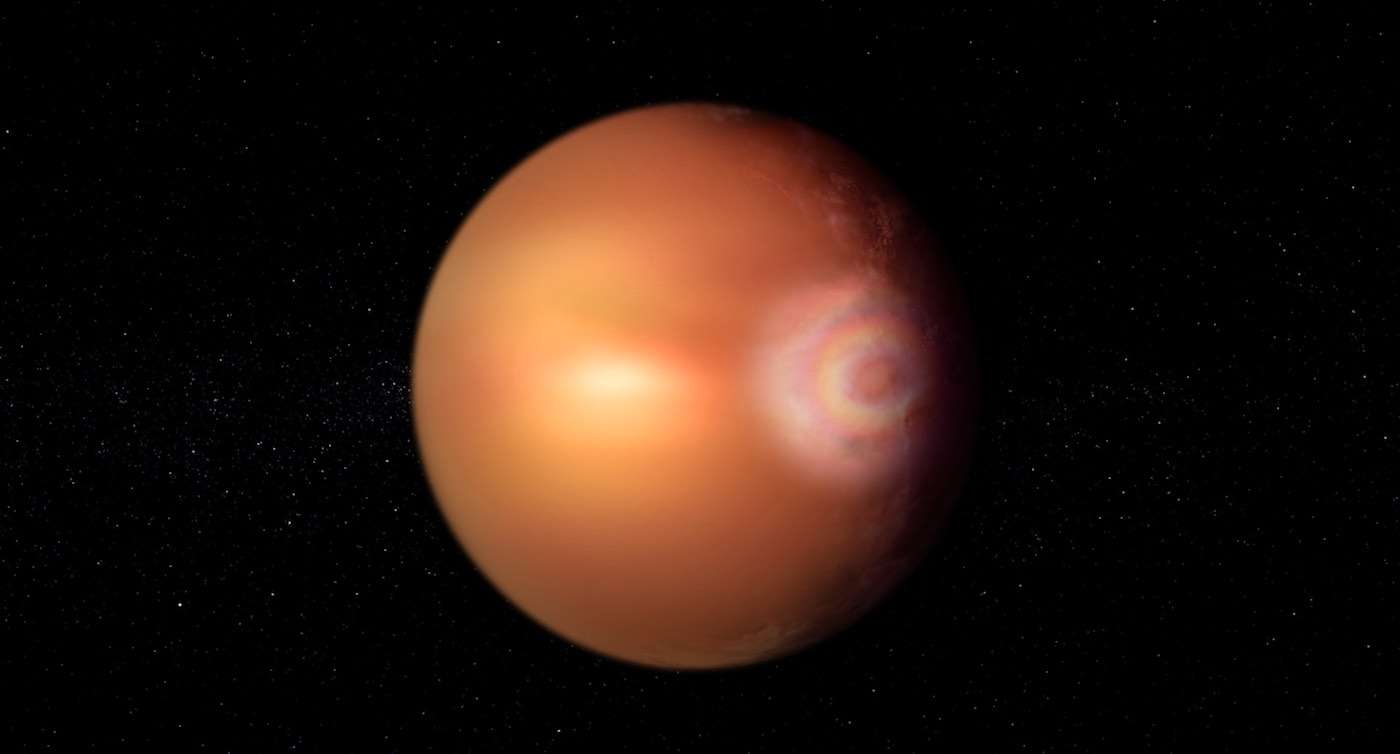
Astronomers have detected signs of the rainbow-like 'glory' effect on a planet outside our solar system for the first time.
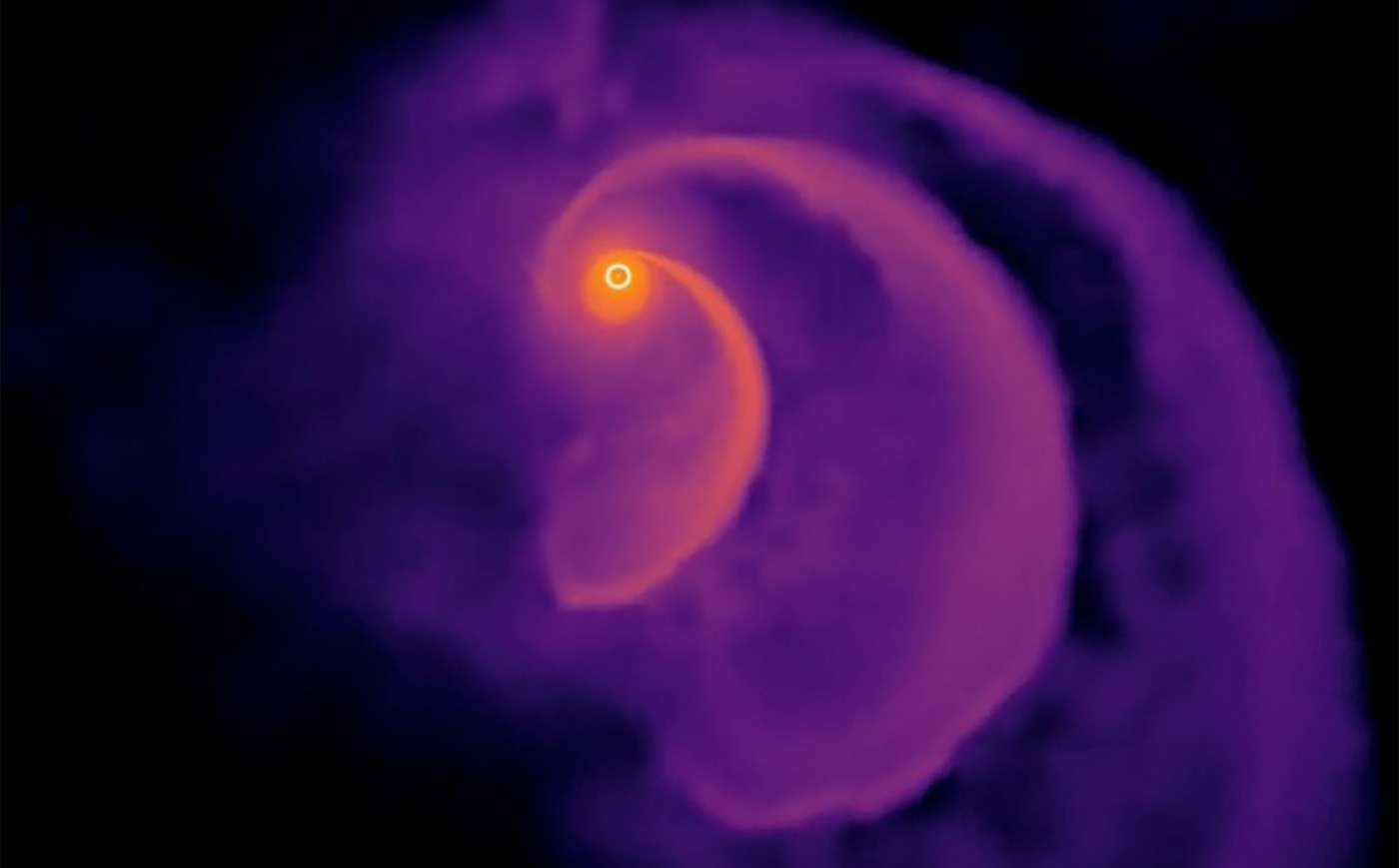
Black holes are a bit like a messy toddlers when they swallow up wayward stars-taking a few bites before flinging leftovers across the galaxy.
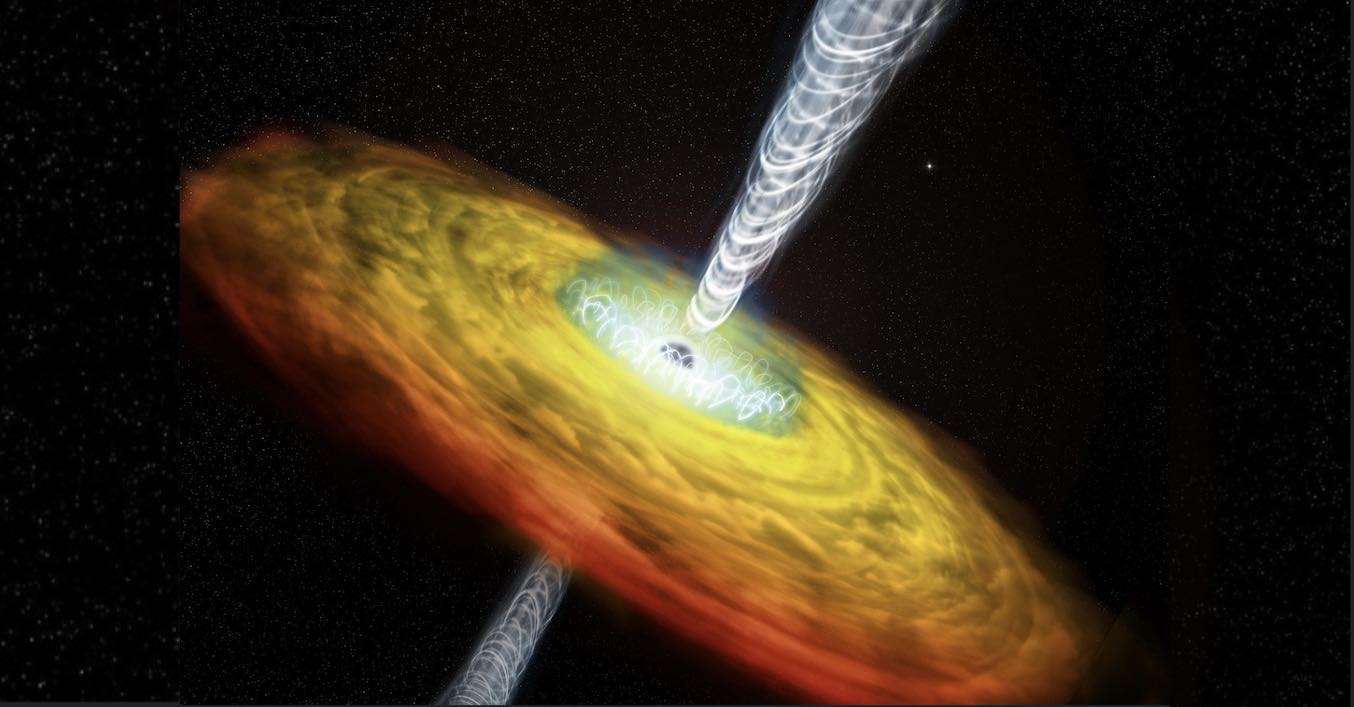
Scientists have unlocked one of the biggest mysteries of quasars - the brightest, most powerful objects in the Universe.
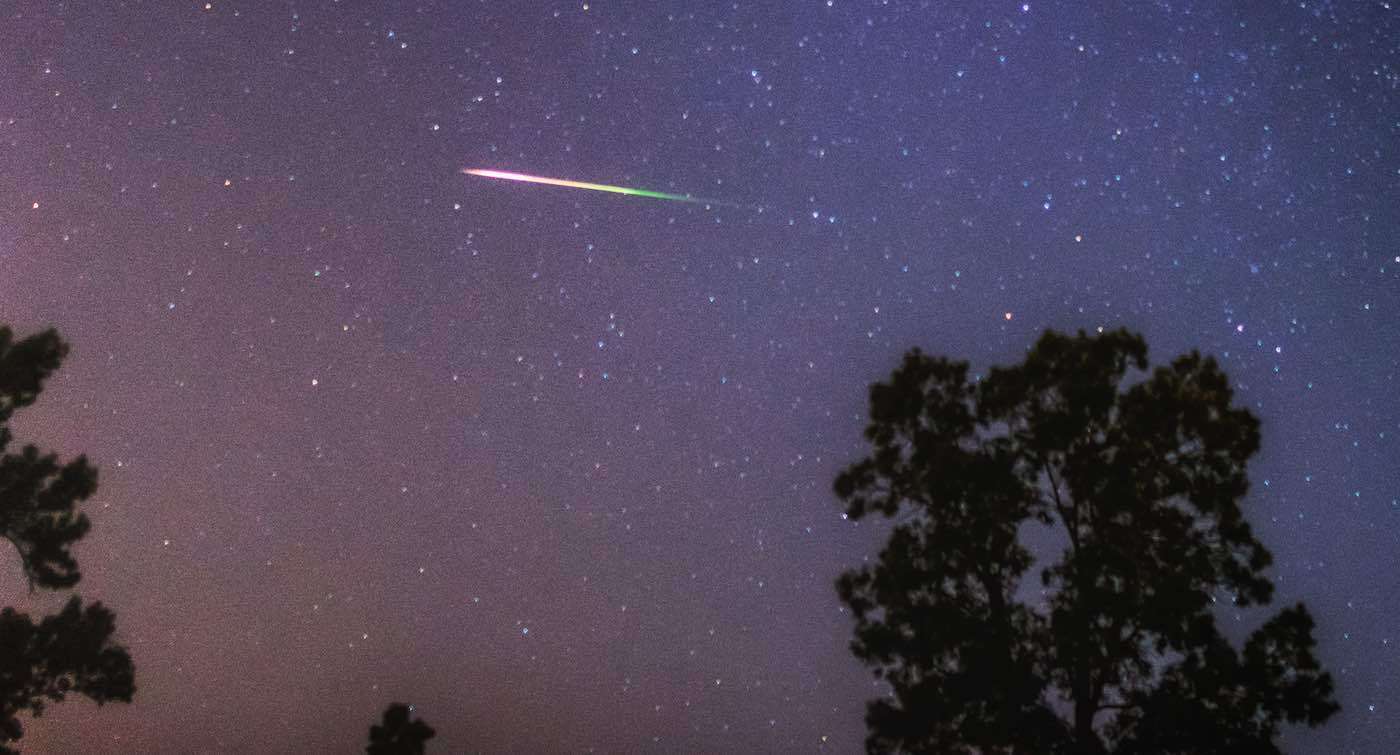
On the pre-dawn hours of May 7th, the Earth will pass through the Eta Aquariid Meteor Shower, when 40 meteors may be seen per hour.
As we are only a week of waxing away from the full moon of April, it's worth taking a look at other spring stargazing events.
A supermassive black hole discovered at the edge of the universe is one of the biggest ever detected, containing over a billion solar masses
The Worm Moon, Messier Marathon, y-Normids, and several conjunctions are some of what can be seen in the night sky this month.
This cool animation shows how the gravity of intervening galaxy clusters and dark matter can lens the light from farther objects.
Astronomers uncovered 8 mysterious radio signals that could be coming from aliens sending messages from stars.
Astronomers using NASA's Hubble Space Telescope have recorded a star's final moments in detail, as it gets gobbled up by a black hole.
A green comet has been dazzling astrophotographers, and its once-in-50,000 year passing of Earth on Feb 1st is not to be missed.
Between November 16th and 21st, one can see the height of this year's Leonid meteor shower and all seven planets in the night sky.
We're halfway through the month of March, and though the days are getting longer—these crisp, clear nights are still a perfect time for stargazing. What can you expect to see if you look up at the darkness over the coming weeks? So much, it turns out. Let's take a look at three celestial highlights that […]
The Eta Aquarid meteor shower will be hitting the night skies this week, here, at the beginning of May 2021.
On June 10, prepare to see the 'Ring of Fire' solar eclipse—if you're in the right place, such as north east Canada.
From April to June this year, a rare conjunction will see Jupiter, Saturn, Venus, Mercury, and Mars all join each other in the pre-dawn sky.
Jupiter, the solar system's largest planet, is now the brightest light in the eastern night sky by a country mile.
This month is the brightest time to see Mars, the longest night of the year, and will also feature the Geminid Meteor Shower.
Already this year the Earth's aurora has been seen in states like Wisconsin and Minnesota—far south of its normal showgrounds.
Recent Stories
A Heartfelt Reminder to Appreciate the Ones We Love
Cherish the Woman Who Stands by You
Breaking Generational Cycles of Pain
Living by Your Own Values, Not Others' Approval
When Life Brings Rain, It’s Okay to Rest
Before You Judge Someone's Life, Take a Moment to Walk in Their Shoes.
A Friend Who Spreads Gossip is Not a True Friend at All
The Value of Human Connection Over Digital Convenience
The Quiet Kind of Love
One Day, Your Mom Won’t Call You Anymore
I’ve reached a point in my life...
Happiness is a mindset, a conscious choice we make every day